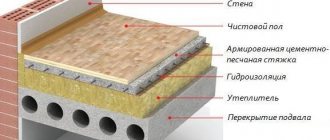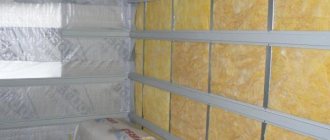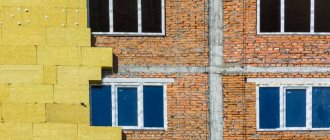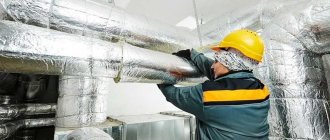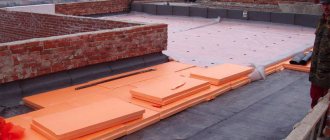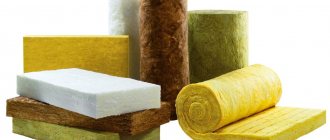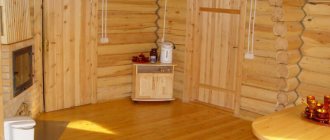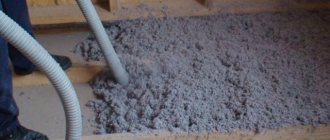Set of socks, Omsa socks
349 ₽ More details
Set of socks, Omsa socks
349 ₽ More details
Circuit breakers
A private house cannot do without high-quality thermal insulation. But when rodents appear under the sheathing, it nullifies all the efforts of the owner. Pests establish shelters in the seals and make holes in it. Cold gets into the holes formed, which forces additional heating work. To eliminate this problem and not spend money on repairs, you need to understand what kind of insulation mice and rats will not chew.

To prevent rodents from making holes in the insulation, you need to choose one that is too tough for them
How to pick something that won't be eaten
It is worth understanding that it is not so important for rodents to “eat” this insulation as to find a suitable place for their burrows. Therefore, they only gnaw small passages for themselves and walk there freely. It can be very difficult to get rid of mice that have settled between the walls; it is much easier to choose the insulation that they do not like.
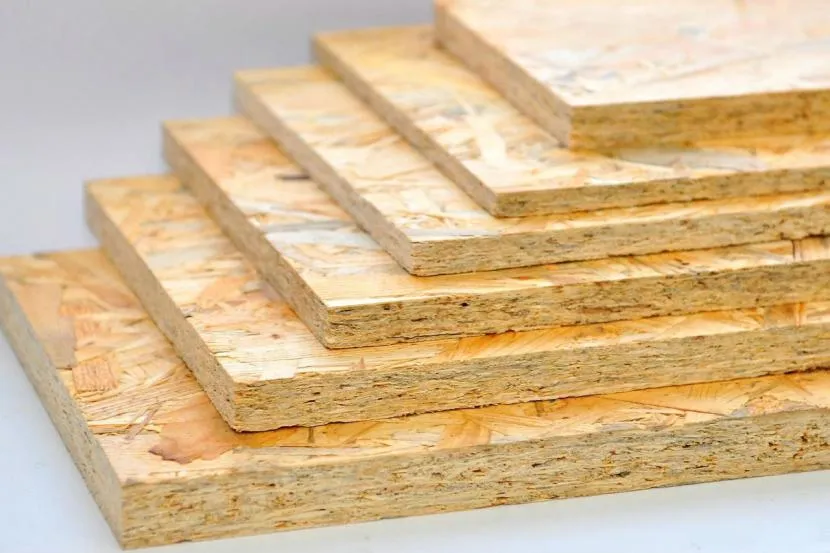
Mice can eat chipboard Source stroimdom44.ru
But a rodent can mistake some floor and wall coverings for food. For example, particle board. The mouse will be able to make its own holes inside the slabs, and also eat it instead of its usual food. They are digestible because they are made from organic ingredients, so the body can digest them well. Materials from this line should be abandoned immediately, otherwise you can get neighbors and “lose” all the thermal insulation.
All the time, mice and rats sharpen their teeth, choosing wooden panels or foamed areas of the house.
Particular attention is paid to wires laid in walls or basements, which may be at risk of being chewed through. Therefore, it is worth asking what kind of insulation mice do not live in. Mice can become active even in asbestos panels, let alone simple foam for installing windows or doors.
Expanded clay
This material has long established itself not only as an excellent insulation material, but also as an absorber of noise from outside.
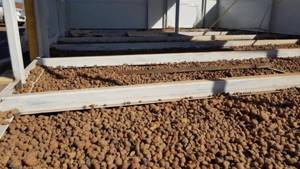
Filling floor cells with expanded clay Source keramzitspb.ru
If the task is to find which insulation does not harbor mice, then expanded clay is suitable. The material itself has a round shape of strong density. Fractions come in different sizes, from the smallest to quite large. Large rocks may theoretically allow rats to move around, but they will not build burrows. As for a shallow embankment, mice will fall into it like into sand, this will especially scare them away if the embankment is deep. And rats will drown because of their weight.
When pouring expanded clay, for example, to insulate the floor, there is quite a bit of free space left in the material itself, oxygen does not flow there and therefore mice will not be able to live there.
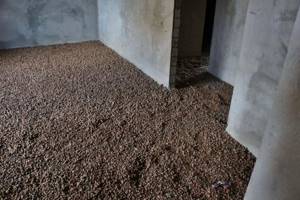
Fine expanded clay fraction Source hochu-stroitsya.ru
See also: Catalog of companies that specialize in home insulation
Small particles of such material enter the respiratory tract of rodents and clog the air flow there. In addition, expanded clay is not easy to chew, if at all possible. Mice will definitely not live in such material, since they understand that being there is dangerous.
Expanded clay is used to insulate floors, walls, basements, and attic floors. In addition to a good thermal insulation effect, you can also obtain insulation from extraneous noise.
Foam glass
Pests will not be able to breed inside this material. Presented in several forms at once, for example, crumbs, granules or blocks.
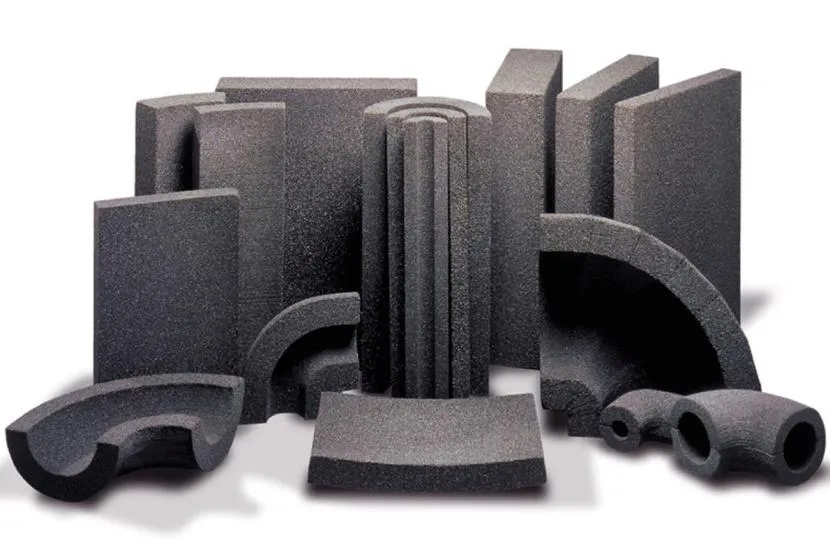
Foam glass block Source otdelkasten.com
Using blocks, you can quickly insulate indoor walls or the facade of a building. They also insulate the opening between the floor and the underground. Small crumbs are used as expanded clay fraction, poured onto the floor. It has the same properties and well protects the space of the house from the brood of mice.
Due to its strength, foam glass is resistant to pests, it is environmentally friendly and mold does not grow in it.
Ecowool
One of the new types of insulation, which has proven itself to protect against rodents. The material is made from paper waste, but it is environmentally friendly, has high thermal insulation, is fireproof, and well insulates the room from extraneous sounds. Ecowool is treated with an antiseptic.
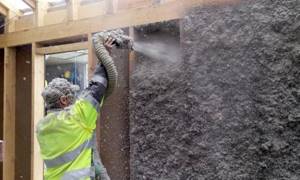
Installation of ecowool on walls Source yandex.net
The insulation of the room is carried out using a special device; as soon as the material begins to initially set, it is rolled with a roller.
This is exactly the type of insulation that rodents do not live in. Due to its specific properties and processing, the insulation causes increased thirst in rodents and they lack air, so the mice are forced to run and leave this location.
Foam concrete
Another material that mice cannot live in due to its characteristics. Foam concrete can be compared to stone in strength, but it is quite lightweight and retains its properties for a long time.
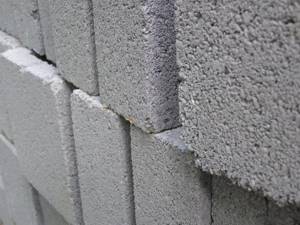
Foam concrete insulation blocks Source kladka-penoblokov.ru
Reliability indicators
The main task of insulation is to preserve heat at the facility and protect building elements from external factors - precipitation and temperature fluctuations. Therefore, low thermal conductivity comes first. This parameter determines the amount of heat that escapes outside. It should be as low as possible.
Two more important parameters are vapor permeability and hygroscopicity. They are responsible for the moisture permeability of the insulation. If the insulator absorbs too much moisture, it will quickly lose its properties. Mineral and stone wool slabs suffer from increased sensitivity to this parameter.
Preservation of the original dimensions, fire and environmental safety are also important. The combination of all these qualities will maintain a comfortable microclimate for people for a long time.
As a rule, when installing insulation, a small air gap is created. It helps remove condensation and shift the dew point into the space between the house element and the insulating layer. Mice and other rodents strive to occupy this warm place - they eat the insulator and live in it. As a result, the parameters deteriorate.

Rodents tear insulating material to pieces. However, gradually the through holes begin to let in cold, moisture and comfort disappears. The mice leave to look for another place, and gradual destruction awaits the home, especially if the owners do not know about the damaged insulation.
Video description
What mice don’t eat
At the same time, it is immediately important to know what materials mice definitely won’t chew, and then move on to considering the least likely and favorable for rodents.
Mineral wool
Both glass and basalt mineral wool can not only be chewed by mice, but also transformed into their burrow. The most popular is glass wool. It is not only durable, elastic, and allows oxygen to pass through well, but mice often breed in it. They won’t eat it, since the glass wool is quite prickly, but mice will make passages in it.
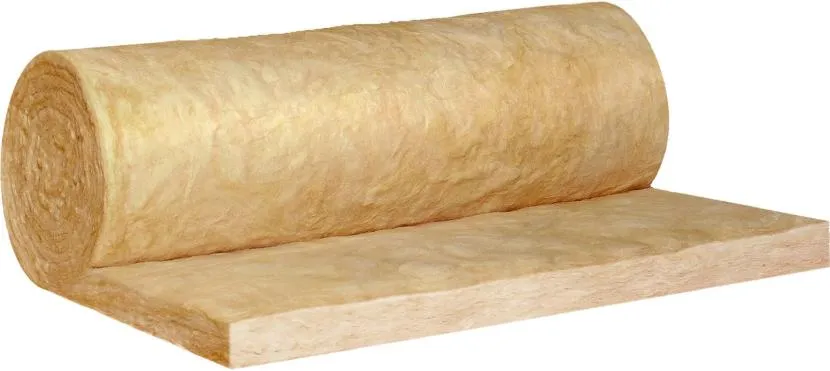
A roll of glass wool as insulation Source orlovstroy.ru
How to choose insulation to protect against rodents
Expanded clay
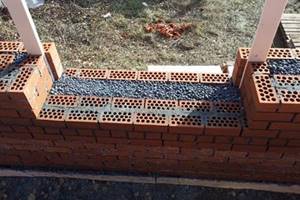
Expanded clay, as the most inexpensive of the listed materials, is the first to attract attention.
But its use is not advisable in all situations.
It is better not to use expanded clay to insulate the walls of a finished wooden house.
It is poured into the void between the main wall and the erected formwork wall; The thickness of the expanded clay layer should be about 20-40 cm.
The result is a heavy, bulky structure that will require an additional foundation. That is, the price benefit is no longer so obvious, and the insulating properties are not the best.
But for insulating the floor and ceiling in a wooden house, expanded clay is perfect.
At the construction stage, you can plan to insulate brick walls with expanded clay. Then, on a single foundation, two walls are erected in parallel, with the space between them, which is filled with insulation. After several rows, a bundle is made (it could be a metal mesh, for example).
Foam concrete
Foam concrete is used to cover brick walls to create an additional warm layer.
A non-standard but effective method - foam concrete can be used to insulate a house from the inside (including a wooden one). The insulation layer will serve as a heat accumulator. You can clearly see this if you open the door.
In a house with foam concrete walls, warm air will also quickly evaporate, but after closing the door, the walls will begin to give off heat and warm the room again.
Foam glass

Has a wide range of applications. They are used to insulate floors, walls, ceilings, attics and facades inside and out.
The only exceptions are wet rooms.
The fact is that foam glass is an excellent vapor barrier.
When covering a room from the street, it will not let moisture out, which can cause the walls to rot.
Ecowool
An ideal material that can be applied to the walls of a wooden or stone house. Ecowool has good adhesion; it will follow the contours of the house and fill all the cracks. At the same time, the material is lightweight and can withstand any structure. Ecowool is perfect for insulating ceilings and floors of private houses and any other construction projects.
Roof icing is a serious problem. In addition to damage to the roof and gutter itself, ice can fall on a car or a person passing by. Roof heating: system design rules and classification of heating cables.
Read about the benefits and harms of an air ionizer in this article. Tips for choosing a device.
How to insulate to keep mice away
Modern insulation materials, although they have increased thermal insulation, do not reliably protect a home from rodents entering it, like old slag, expanded clay and sawdust mixed with lime that has not been slaked. It is worth using materials that are difficult to chew through or are too small and dust can make it difficult for mice and rats to breathe inside the insulation.
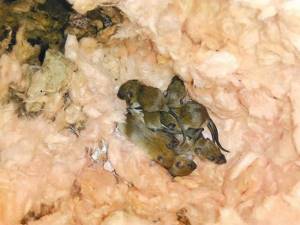
Rodents in insulation Source naujienos.alfa.lt
At the same time, some people add mousetraps, poison or ultrasound to the insulation to repel rodents. Poison from rodents can negatively affect animals, children and the residents of the house themselves, so you should not add it to the insulation. Sound repellers, which work using ultrasound, act on mice and they run away. Some use wormwood for mice, and put it directly into the insulation. But you should understand that the branches may begin to rot and this will be no better than the appearance of rodents.
When it comes to the question of which insulation is best for a frame house against mice, it is better to give preference to those materials that mice do not chew, for example, expanded clay of any fraction.
Why do mice and rats chew insulation?
At first glance, the question may seem strange, because none of the modern insulation materials are suitable for consumption by rodents (with the exception of natural materials, be it sawdust or hay). They gnaw it solely in order to create a favorable atmosphere for living. That is, by gnawing the thermal insulation, rodents try to penetrate into the thickness of the material and create a good home for themselves here.
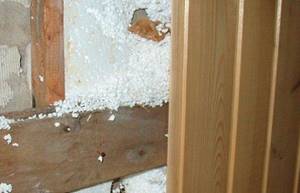
Many home craftsmen believe that they can protect an insulated structure from the effects of rodents by high-quality protection of the heat insulator under a layer of plaster or corrugated sheeting. However, this is not the case, and any, even the smallest, gap can become a passage for pests to an obvious target. Well, once in an environment favorable to themselves, rodents completely destroy the insulation (they make passages, holes, etc.) and it is no longer possible to drive them back
Therefore, this aspect is very important to take into account when thermally modernizing your own home. . We consider it advisable to consider the likelihood of rodents destroying the main types of insulation.
We consider it advisable to consider the likelihood of rodents destroying the main types of insulation.
Briefly about the main thing
In order to understand which insulation is not chewed by mice, it is important to consider its density, the presence of dust and the possibility of chewing by mice. For example, expanded clay will be quite difficult to chew through due to the fact that it has a structure like stone. But mice will quickly chew off the foam and make a lot of holes in it. Therefore, attention is paid specifically to the structure of the material. So ecowool and foam glass will protect the house from mice, because if pests start gnawing on such materials, they will get breathing problems. And they can easily turn any mineral wool into a home, although they won’t touch it.
Ratings 0
Types of cotton wool
Before answering the most important question, it is worth noting that in modern construction three types of mineral (inorganic) wool are used:
- glass,
- stone,
- slag.
There is also ecowool. This is already an organic compound, namely cellulose mixed with a borax solution.
Depending on the type of building material, its attractiveness to mice will differ in each specific case..

